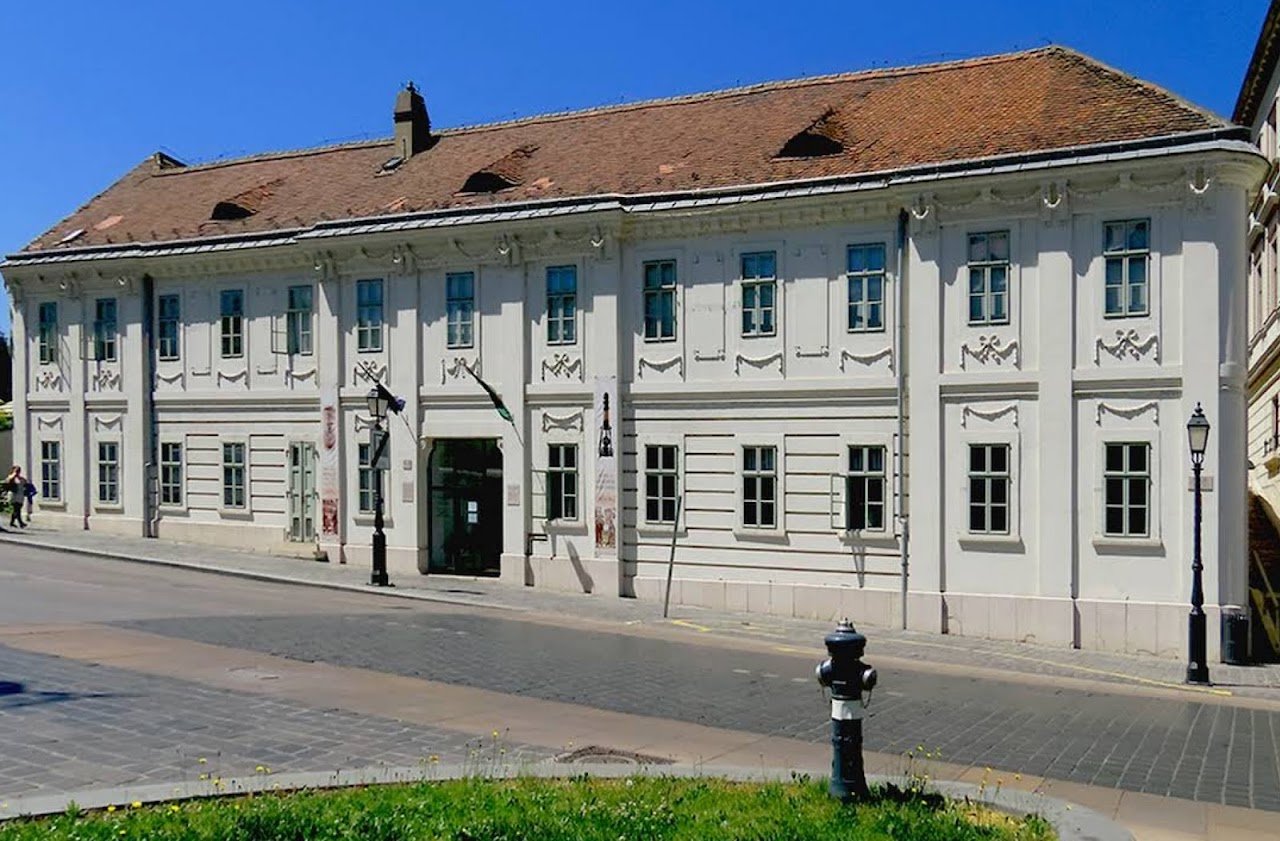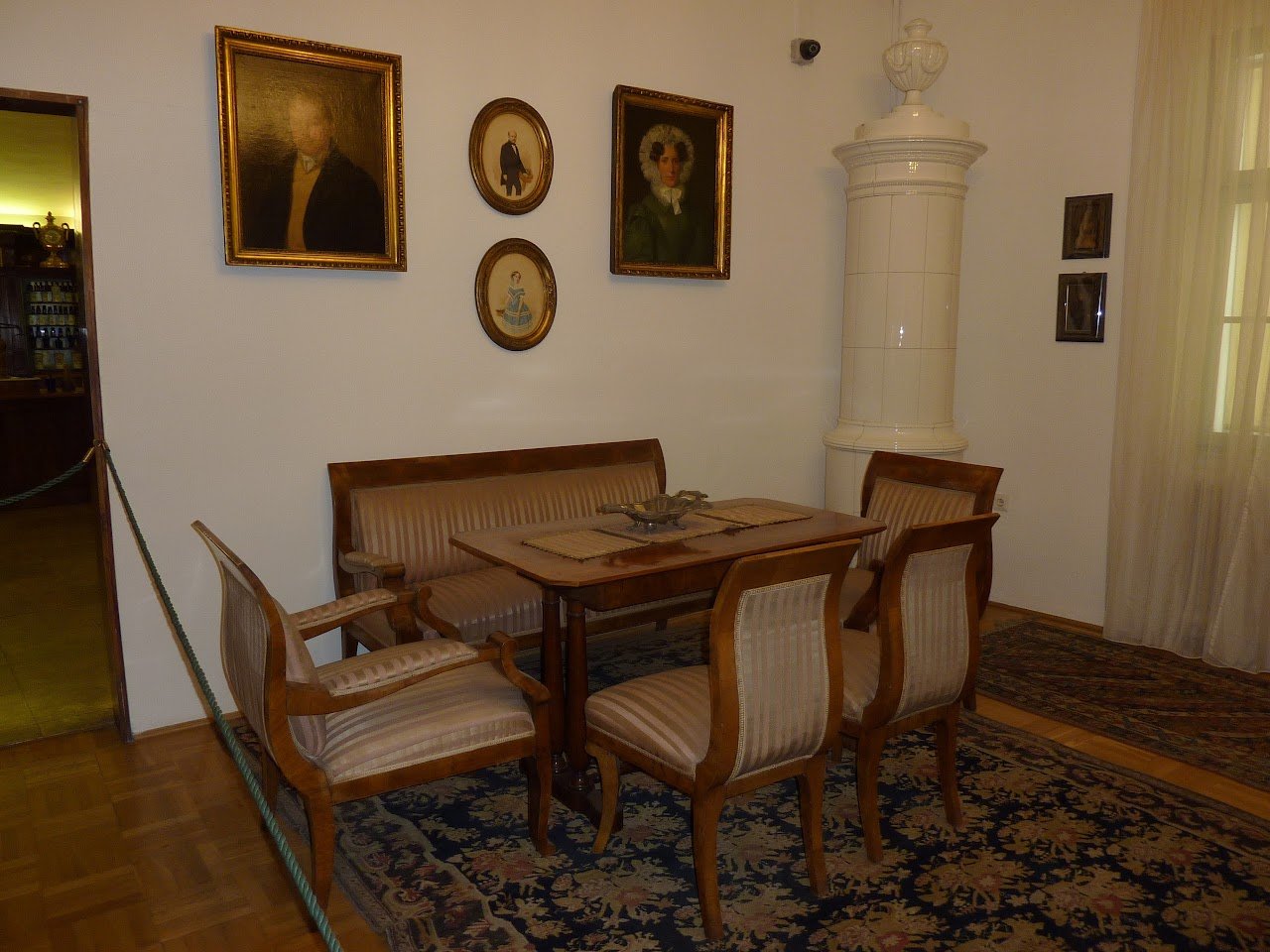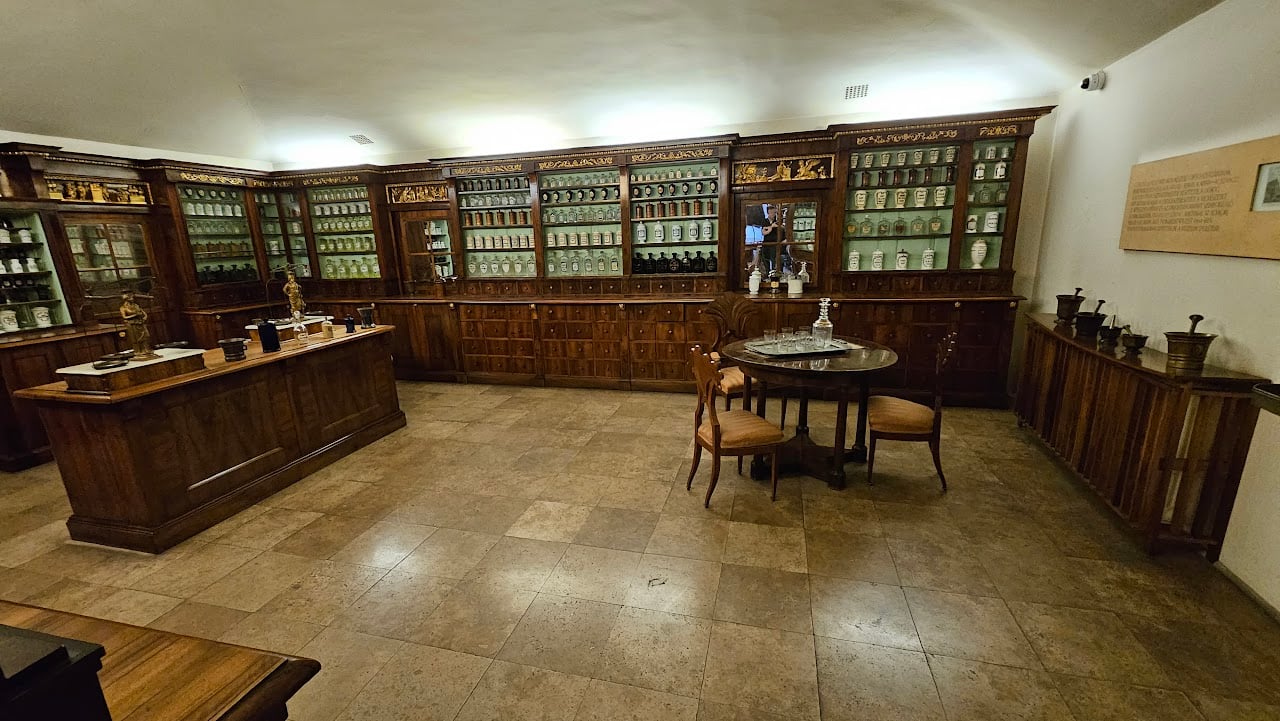Semmelweis Museum



Ask ThatchGPT
Suggest a local expert to plan my trip
Suggest an unique itinerary for my Budapest trip
What foods do Budapest locals eat
What are some true hidden gems in Budapest
Help me brainstorm trip ideas for Budapest
Help me plan a family-friendly trip to Budapest
What people say
Pedro Pereira
Available for hire
"The Semmelweis Museum, Library, and Archive of the History of Medicine is a significant institution in Budapest dedicated to the history of medicine, particularly highlighting the contributions of Ignaz Semmelweis, the Hungarian physician renowned for pioneering antiseptic procedures. The museum is located in Meindl House, the 18th-century building where Semmelweis was born on July 1, 1818. Established in 1965, the museum became a department of the Hungarian National Museum in 2017, expanding its scope to include not only the history of Hungarian healthcare but also key moments in the development of medicine across Europe.
Meindl House, where Semmelweis was born, is a national monument and holds a deep historical connection to both the Semmelweis family and the broader medical history. The building itself was constructed around 1790 and rebuilt after the Great Tabán Fire of 1810 in the Late Baroque style. Its location at the foot of Castle Hill, near the Pest-Buda Floating Bridge, made it a significant spot for trade and traffic during the 19th century. Semmelweis's family lived there while his father, Joseph Semmelweis, ran a grocery shop. Ignaz Semmelweis, who went on to study medicine in Vienna, made groundbreaking discoveries in obstetrics that led to a drastic reduction in childbed fever through the implementation of hand disinfection in obstetrical clinics. His contributions earned him the title "Savior of Mothers."
The Semmelweis Museum offers an in-depth look at the evolution of medical practices, with a primary focus on Semmelweis's life and legacy. The museum’s collections include medical instruments, manuscripts, and a variety of historical objects related to healthcare. The Ignaz Semmelweis Memorial Room is part of the museum's permanent exhibition, which also features a re-creation of Török Pharmacy, a historic pharmacy that highlights the development of pharmaceutical practices. The Motherhood statue, a bronze sculpture by Miklós Borsos, stands in the museum's courtyard in honor of Semmelweis's contributions.
The museum underwent significant renovations in the 1960s, including the restoration of the building’s facade and the addition of modern wings to accommodate its growing collection. It also became a key site for commemorating Semmelweis's legacy, with the remains of the doctor relocated to the museum in 1963.
The museum has been instrumental in advancing the study of medical history in Hungary. Under the leadership of József Antall, who later became the first democratically elected Prime Minister of Hungary, the museum made significant strides in medical historical research. The museum organized international conferences and exhibitions, and Antall’s contributions helped establish medical history as an academic discipline in Hungary.
With its rich history, the Semmelweis Museum continues to play a crucial role in educating the public about the pivotal moments in medical history and the lasting impact of Semmelweis’s work on modern medicine. The museum won the Museum of the Year Award in 2010 and is regarded as an important cultural institution in Budapest."
Read more in:
Mentioned in these guides
About Semmelweis Museum
Get the inside scoop on Semmelweis Museum from local experts, travel creators, and tastemakers. Browse genuine trip notes, Semmelweis Museum reviews, photos, travel guides, and itineraries from real travelers and plan your trip with confidence.
Website
Phone
Save this spot for later or start mapping out a new trip today
Try our AI Travel Assistant and get instant answers to any questions about your trip.
Ask ThatchGPT
